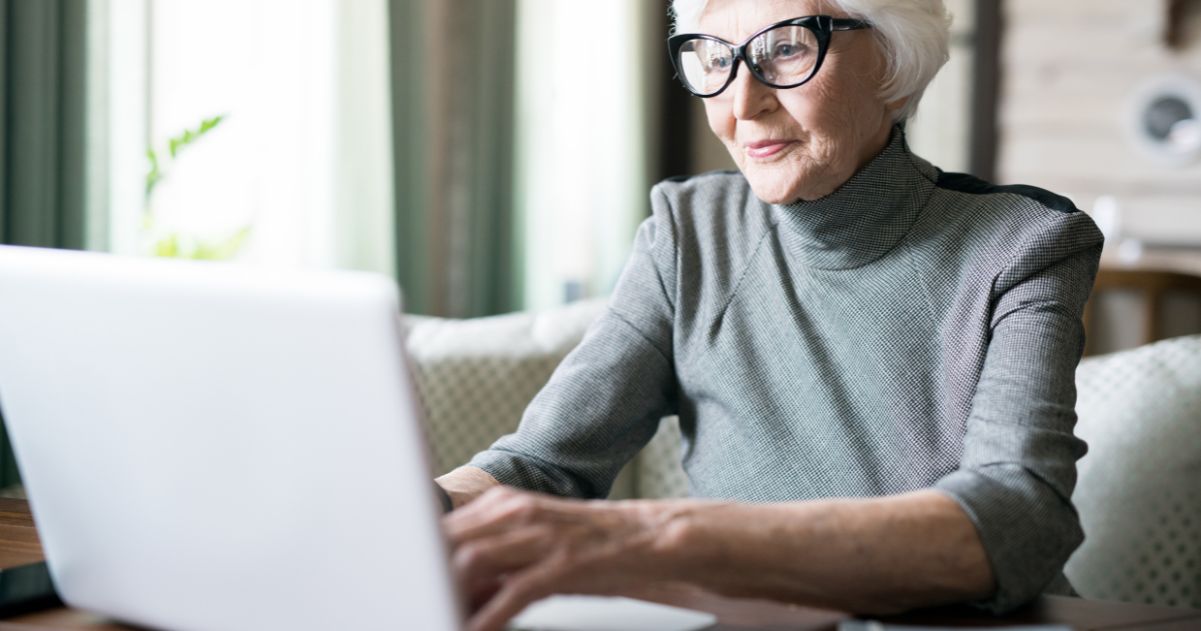New technology developments can help make life easier and more enjoyable for people of all ages — especially seniors. Whether you or a loved one are aging in place or living in a senior living community, these technologies are worth exploring.
Medication Management
It can be challenging for people of any age to remember to take medications throughout the day — especially if they’ve been prescribed more than one. Fortunately, there are a variety of ways to keep track of medications. Today’s medication management tools offer enhanced monitoring and can be a useful tool that increases the likelihood medication will be taken as prescribed.
Automatic Pill Dispensers
At the pricier end of the spectrum, machines that automatically dispense pills at the correct times can make taking medication a breeze. The downsides are the high cost and potential setup time to ensure the correct dosages.
Reminder Apps and Calendar Alerts
Phone and tablet apps like Medisafe can help you remember to take your medications. Or, you can create a DIY reminder system using your phone’s recurring calendar or alarms
Medical Alert Systems and Health Monitors
Medical alert systems have gotten more sophisticated over the years. Many now include at-home and wearable options, so you can have peace of mind wherever you are. Features vary depending on the system you choose, but they can detect room temperature, automatically sense when a fall has taken place, monitor heart rate, and more.
Even if you don’t need a medical alert system, technology can help you stay healthier and in better shape. Smart watches like the Apple Watch can also monitor your heart rate and blood oxygen, provide feedback on your fitness activity, and track your sleep schedule.
Related: Senior-friendly workouts you can do from home >>
Telehealth
While it’s not new, telehealth has grown in popularity and availability in recent years. Telehealth allows you to connect with your doctor or other medical professional via phone or video call. It’s a time-saving option for busy people and those who have challenges with mobility or transportation.
Telehealth appointments can be convenient for routine visits and those that don’t require any diagnostics. Ask your healthcare provider if telehealth visits are available for your next appointment.
Mobile Phone and Tablet Apps
Smart devices like cell phones and tablets can do much more than make phone calls. There are a variety of apps and functionalities that can make life easier and more enjoyable for seniors. Below are just a few examples.
Video calling
Whether your loved ones live far away or you just want to be able to see their faces, video calling apps can provide a way for you to connect. Video apps are also great for grandparents who desire more regular facetime with their grandchildren. And as we mentioned above, video calling can also be a great way to connect with your healthcare provider for a telehealth appointment.
Delivery/errand apps
Popular food delivery apps like Doordash, Seamless, and GrubHub (among many others) are convenient options for bringing the best of the city’s eats right to your door. For errands or jobs around the house — like putting together a piece of furniture — TaskRabbit is another option. And while many grocery stores have their own pickup and delivery service apps, Instacart is another option for those that don’t.
Ride-sharing
The MTA’s apps make it quick and easy to find the best transit option to take you wherever you need to go. MYmta offers region-wide travel support, including real-time arrival and schedule information for subway, bus, Long Island Rail Road, and Metro-North service. For LIRR and Metro-North Railroad customers, TrainTime includes scheduling, train-tracking, and ticketing options.
In addition, apps like Uber or Lyft also allow you to schedule an upcoming ride — an especially useful function if you’re a caregiver helping a loved one arrange for transportation.
Related: How to support an older loved one (virtually) >>
Smart Home Devices
Aging in place can be easier with smart home devices. There are a plethora available to help make your home more accessible. A sampling includes:
- Smart smoke and carbon monoxide detectors that can alert you (and selected contacts) in multiple ways when a threat is detected.
- Smart speakers that are voice-activated and can call contacts, play music, look up information, or control other home devices.
- Smart doorbells that allow you to see who’s at your door, even if you’re away.
- Smart sensors that can alert you when a stove is left on, a door is open or unlocked, or there’s a water leak.
The New York Times’ Wirecutter reviewed a variety of “essential” smart home devices for seniors here.
Technology at Senior Living Communities
While all of these technologies are geared toward seniors living at home, many senior living communities also make use of technology to keep residents safe and healthy.
Fall alert sensors, health monitoring bracelets, door sensors, voice-activated speakers, and more are becoming standard in many communities.
At 305 West End Assisted Living, we combine an upscale lifestyle on the Upper West Side with the convenience and peace of mind of having assistance available anytime. That also includes state-of-the-art technology to ensure residents are happy, healthy, and comfortable.







